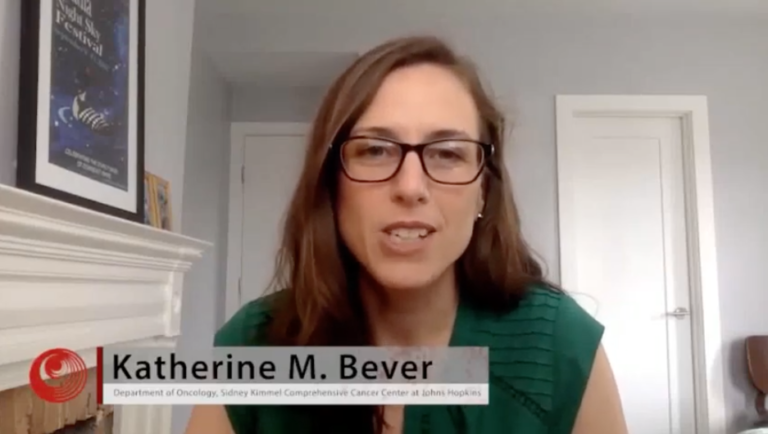As a continuation of a previous study, researchers evaluated the effects of estrogen suppression, followed by estradiol supplementation, on biological age measured by glycan age.
—
Men and women universally experience a decrease in sex hormones with age. Given this fact, researchers previously conducted a study to assess the correlation between aging, estrogen levels and the release of glycans (carbohydrate-based polymers) among all proteins in the body. Glycans are important components of immunoglobulin G (IgG). IgGs are serum antibodies which provide immune protection against bodily infections and mediate systemic inflammation. Each IgG molecule usually includes about 3% glycans. However, changes in the composition of glycans attached to IgGs can significantly influence antibody activity. A decrease in galactosylation has been correlated with the onset of disease and aging.
“The decrease in IgG galactosylation was first reported over 35 years ago in patients with rheumatoid arthritis and osteoarthritis [4].”
The researchers found that estrogen regulates glycosylation. However, the data they analyzed did not differentiate IgG glycosylation from the other proteins. The Glycan Age Index (a combination of three IgG glycans that appear to be both biomarkers and effectors of aging) can be used to calculate glycan age. Glycan age is associated with lifestyle and disease-risk biomarkers, and could potentially be used to monitor healthy or unhealthy aging.
“Here arises probably the most exciting aspect of the relationship between aging and IgG glycosylation: the potential of IgG glycans to distinguish between healthy and unhealthy aging, and to monitor the effect of introduced life-style changes on biological age.”
To identify changes in IgG glycans, researchers—from Genos Glycoscience Research Laboratory, University of Colorado Anschutz Medical Campus, Eastern Colorado VA Geriatric Research, University of Zagreb, Brigham and Women’s Hospital, and Boston Children’s Hospital—reanalyzed samples from the previous intervention study using state-of-the-art glycoprofiling technology. The focus of this study was to evaluate the effects of estrogen suppression, followed by estradiol supplementation, on biological age measured by the glycan age. Their paper was published in Aging (Aging-US) Volume 12, Issue 19, in 2020, and entitled, “Effects of estradiol on biological age measured using the glycan age index”.
The Study
“In this study we evaluated effects of estrogen on the glycan age.”
Estradiol is the most potent type of estrogen made in the body during reproductive years. In 36 healthy women, between the ages of 29 and 43 (median age ~38), gonadal hormones (estradiol/estrogen) were suppressed for six months using gonadotropin releasing hormone agonist therapy. In the estradiol arm of the study, 15 women were supplemented with estradiol. In the placebo arm, 21 women received a placebo. Women taking the placebos had very low estrogen levels during the intervention.
This time, IgG was isolated from plasma samples at three time points: at baseline before the intervention began, after six months of the intervention and at four months post-intervention. The researchers found that deprivation of gonadal hormones in the placebo arm resulted in an increase of glycan age by 9.1 years. In the estradiol arm of the study, estradiol therapy completely prevented (and even slightly reversed) glycan age recorded in the women. After the recovery period, glycan age returned to baseline values in both groups.
“These results suggest that IgG glycans and consequently also the glycan age are under strong influence of gonadal hormones and that estradiol therapy can prevent the increase of glycan age that occurs in the perimenopausal period.”
Conclusion
The researchers suggest that estradiol therapy may be able to improve aging in perimenopausal women. They also note that, while the correlation between decreased IgG glycosylation and aging is strong, other potential confounders or mediators are involved in the aging process.
“It is intriguing to speculate that hormone treatment could also prevent the increase of glycan age that occurs around menopause, but this still needs to be investigated.”
Click here to read the full research paper published by Aging (Aging-US).
WATCH: AGING VIDEOS ON LABTUBE
—
Aging (Aging-US) is an open-access journal that publishes research papers bi-monthly in all fields of aging research and other topics. These papers are available to read at no cost to readers on Aging-us.com. Open-access journals offer information that has the potential to benefit our societies from the inside out and may be shared with friends, neighbors, colleagues, and other researchers, far and wide.
For media inquiries, please contact media@impactjournals.com.

